24 GPTs for Style Replication Powered by AI for Free of 2025
AI GPTs for Style Replication are advanced generative pre-trained transformers designed to emulate or reproduce specific styles in various domains, such as writing, art, music, and coding. They leverage deep learning algorithms to analyze and generate outputs that closely mirror the input style, providing tailored solutions for creative and technical tasks. These tools are pivotal in fields where maintaining consistency in style or replicating a particular stylistic approach is essential, offering a blend of precision, versatility, and efficiency.
Top 10 GPTs for Style Replication are: Image Cloner and Reimaginer,Photo Filters,AI Image Style Matcher,Style Generator,Super Describe,Master Art Generator,Anime Art AI,da Vinci,Ditto,Personal Ghostwriter
Image Cloner and Reimaginer
AI-powered image cloning and reimagining.
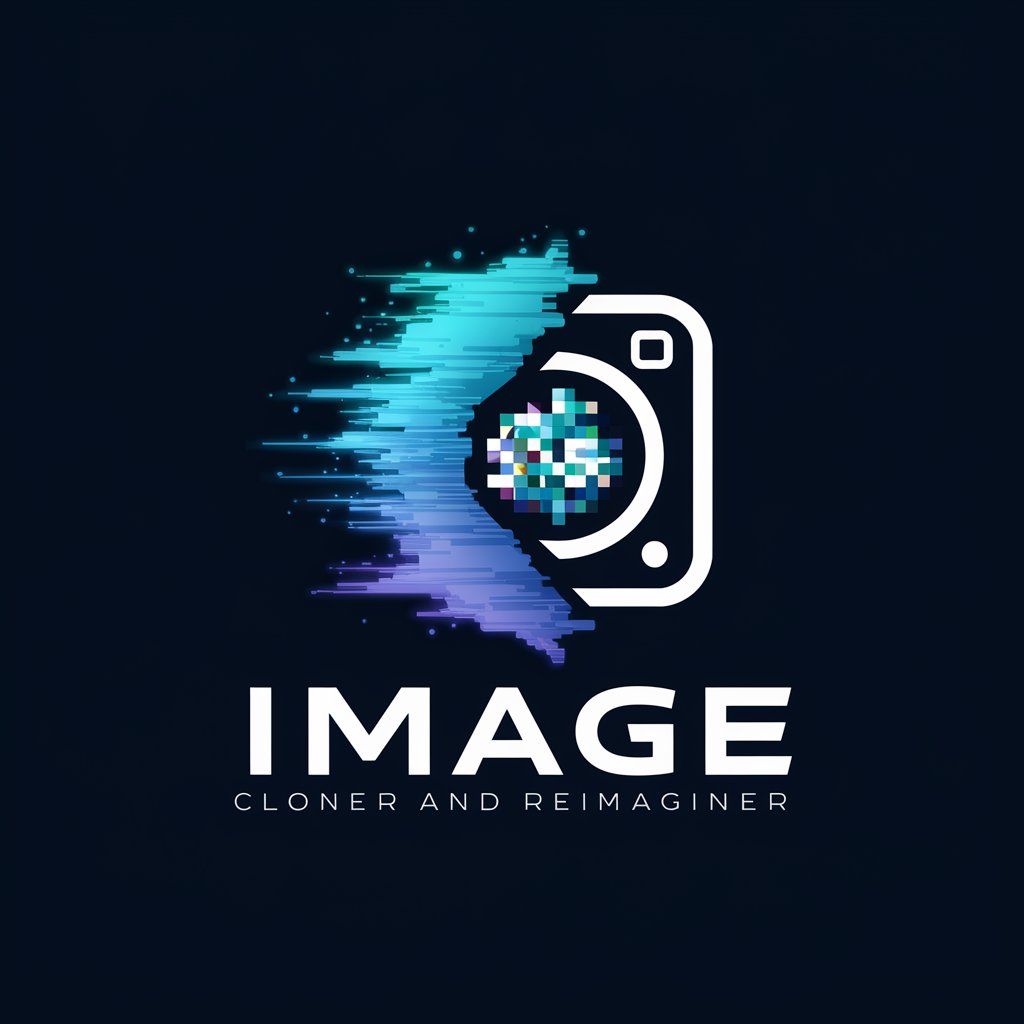
Photo Filters
AI-Powered Photographic Transformation

AI Image Style Matcher
Crafting Visual Continuity with AI
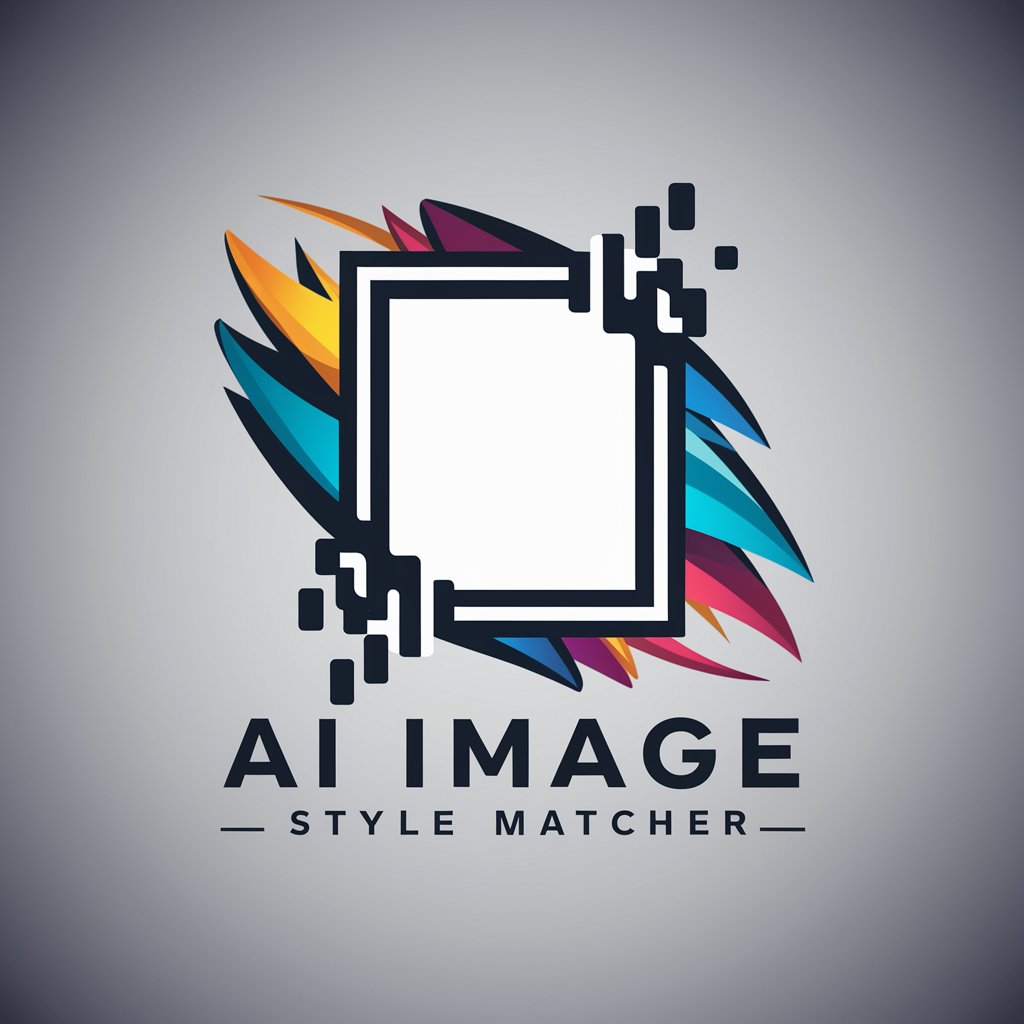
Style Generator
Automate design style creation with AI

Super Describe
AI-powered Image Cloning and Analysis
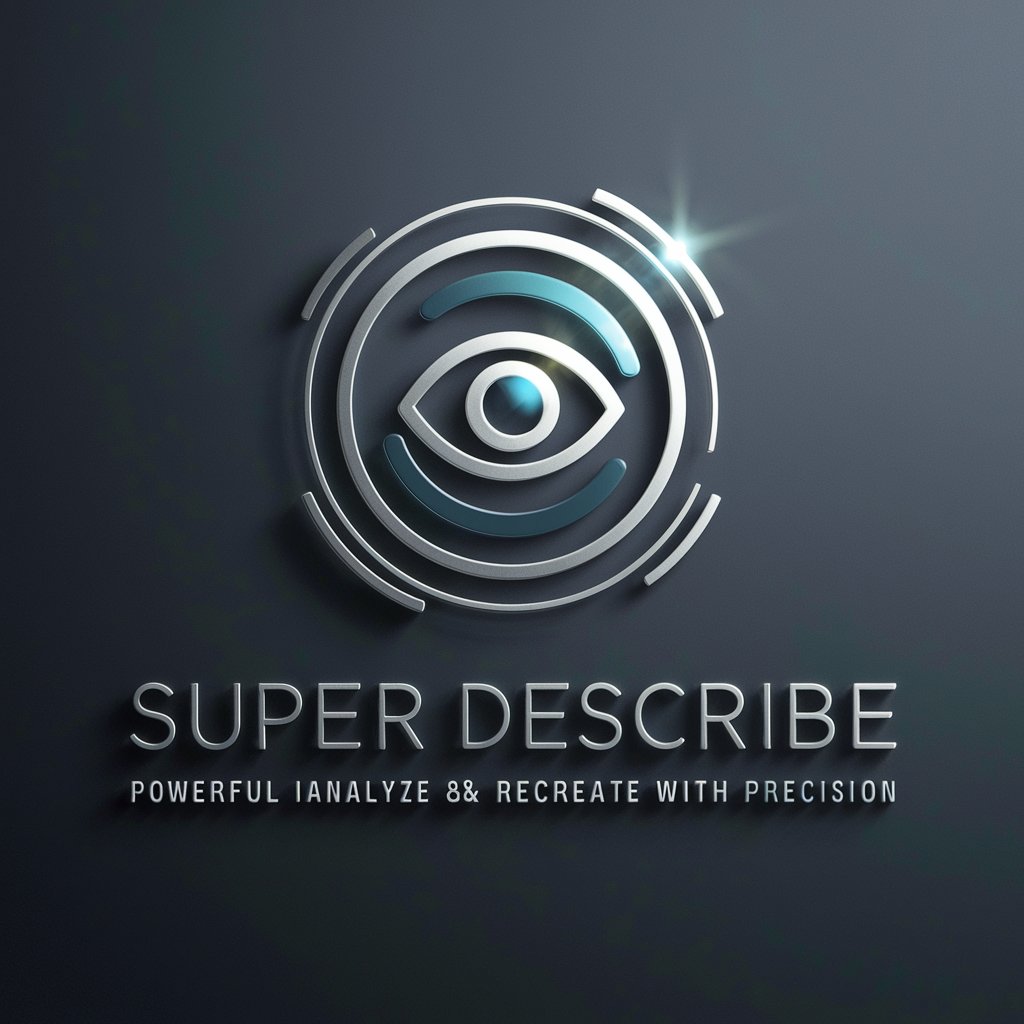
Master Art Generator
AI-powered Custom Art Creation
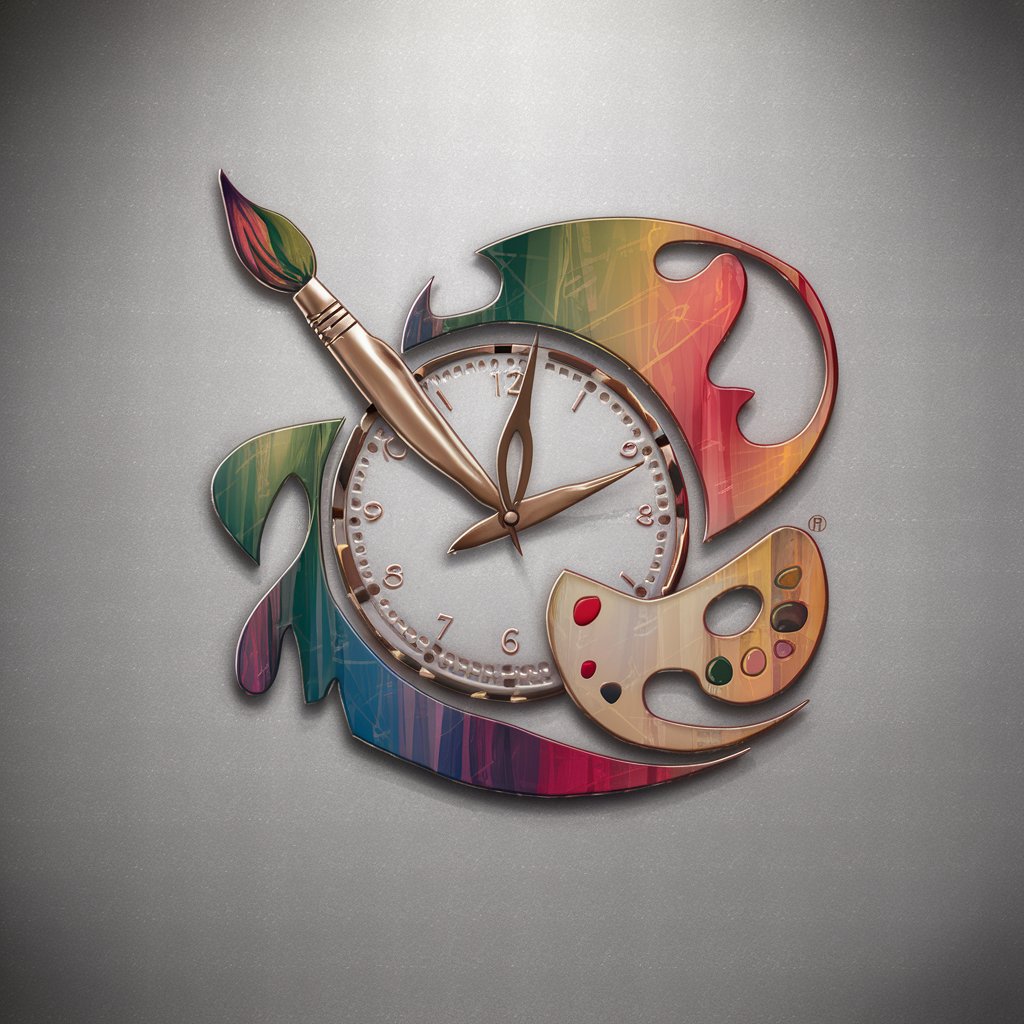
Anime Art AI
Unleash Creativity with AI-Powered Anime Art
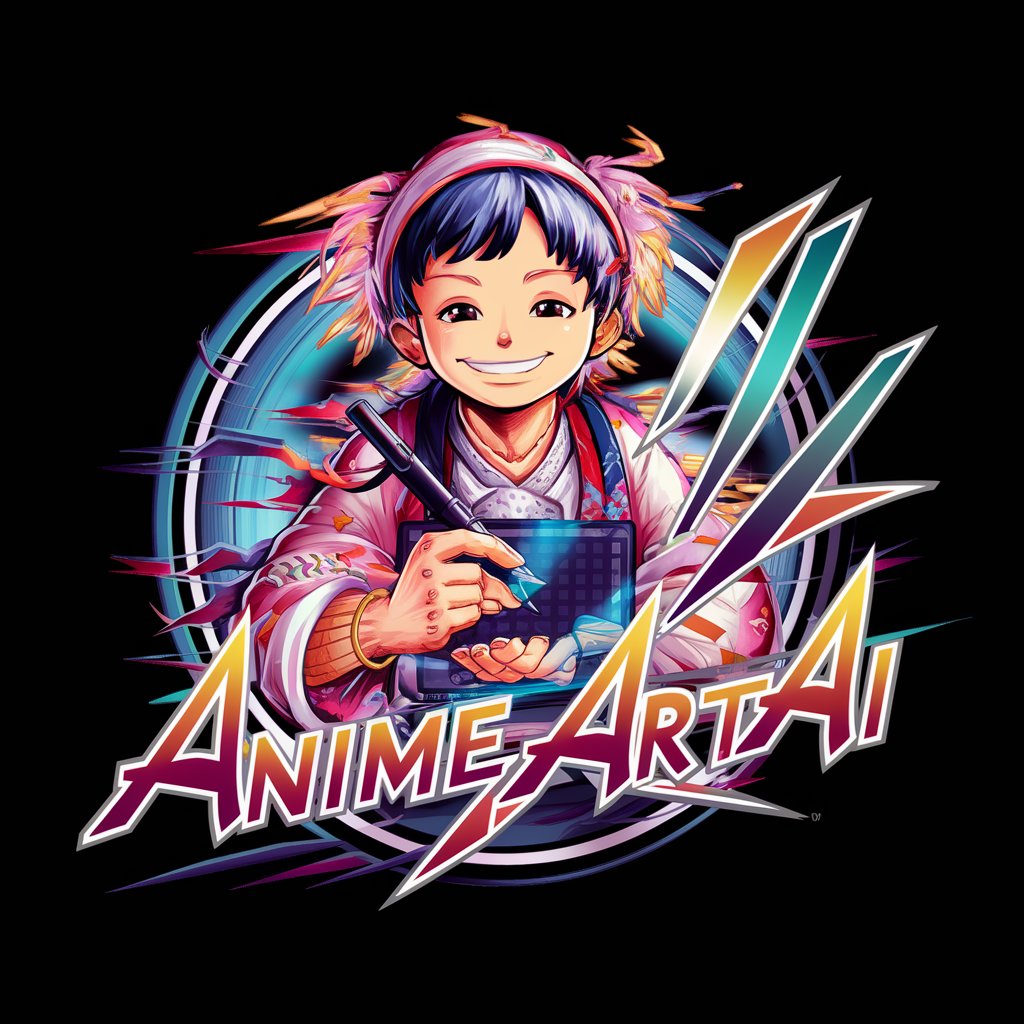
da Vinci
Bringing Art History to Life with AI

Ditto
Reimagine Images with AI Precision

Personal Ghostwriter
Craft Your Brand, Amplify Your Voice
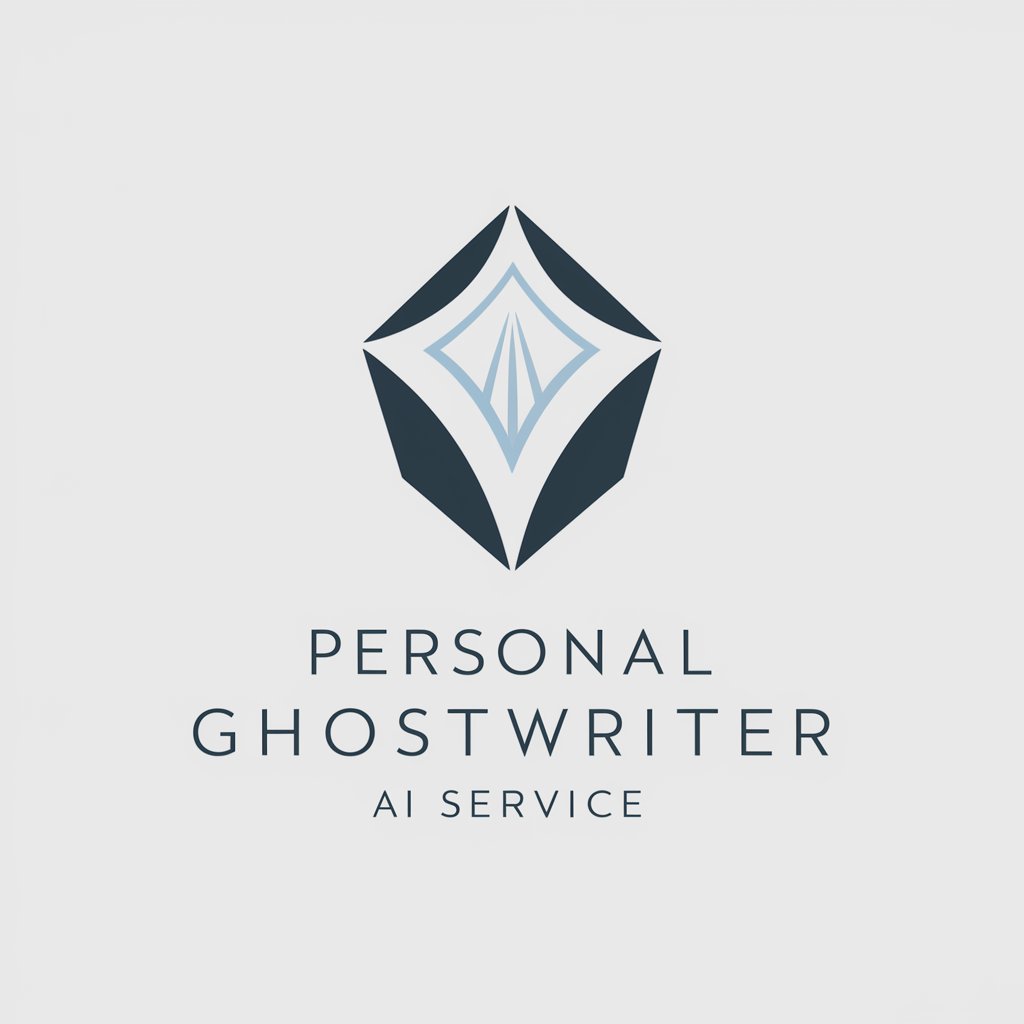
艺术视觉家
Empowering Creativity with AI

Deliciously Decadent Drawings GPT
Reviving Decadence with AI Art
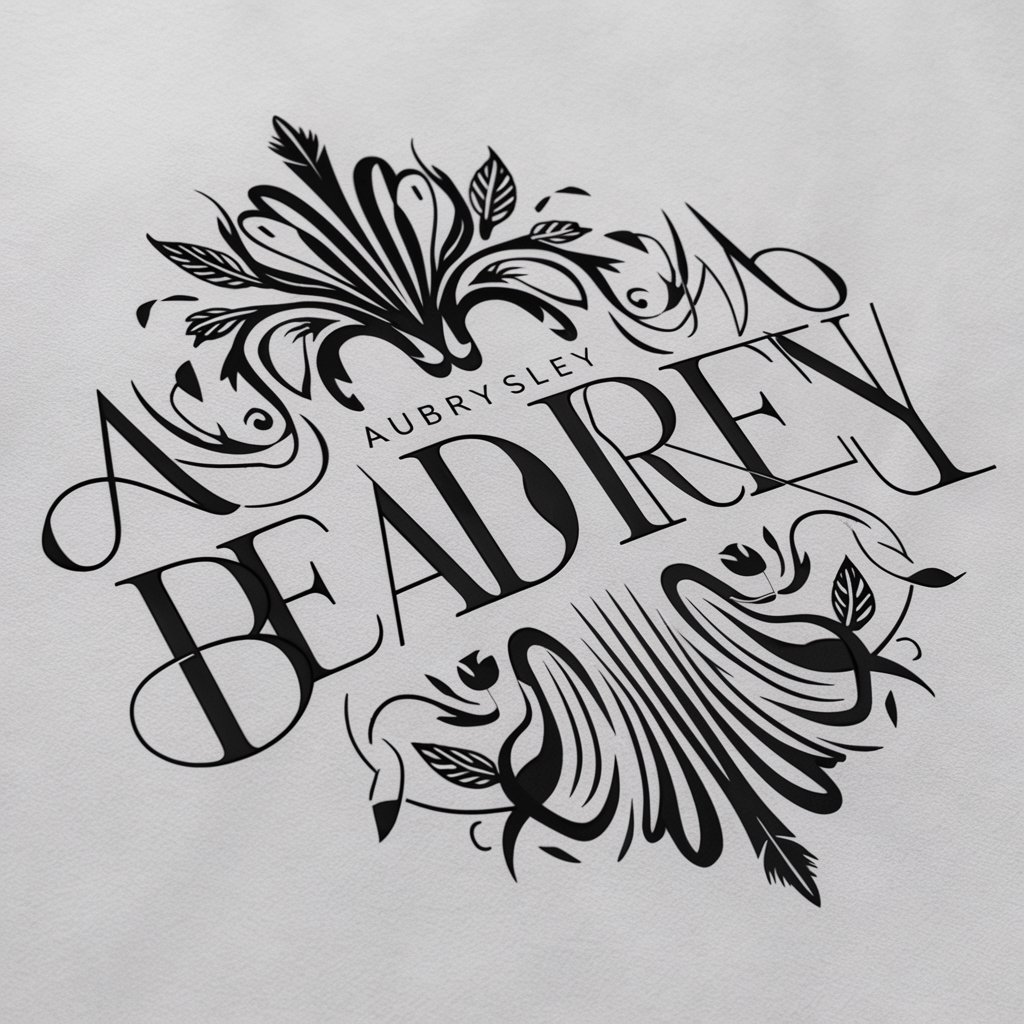
Style Mimic Writer X.Com
Empower Your Words with AI

Cloud Chord
Compose music with AI creativity
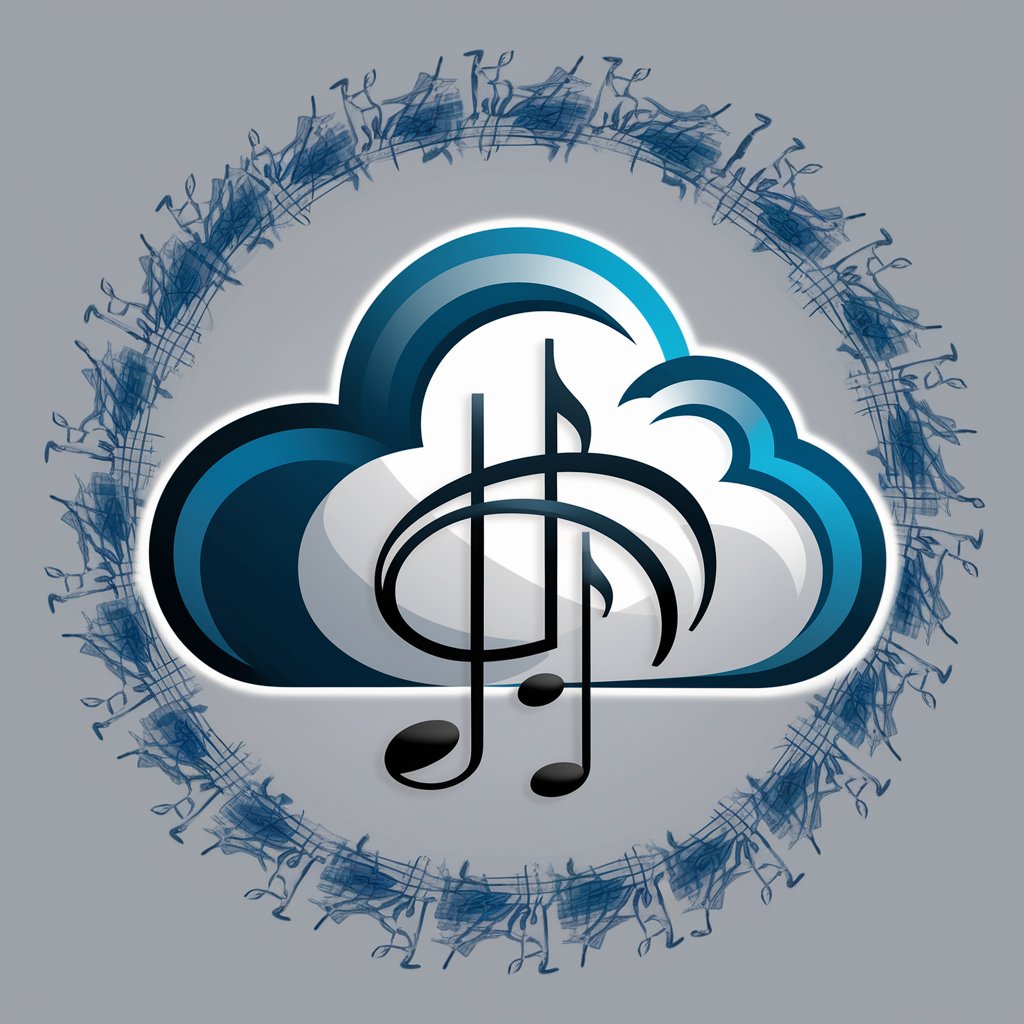
Preset Wizard
Enhance Photos with AI-driven Presets
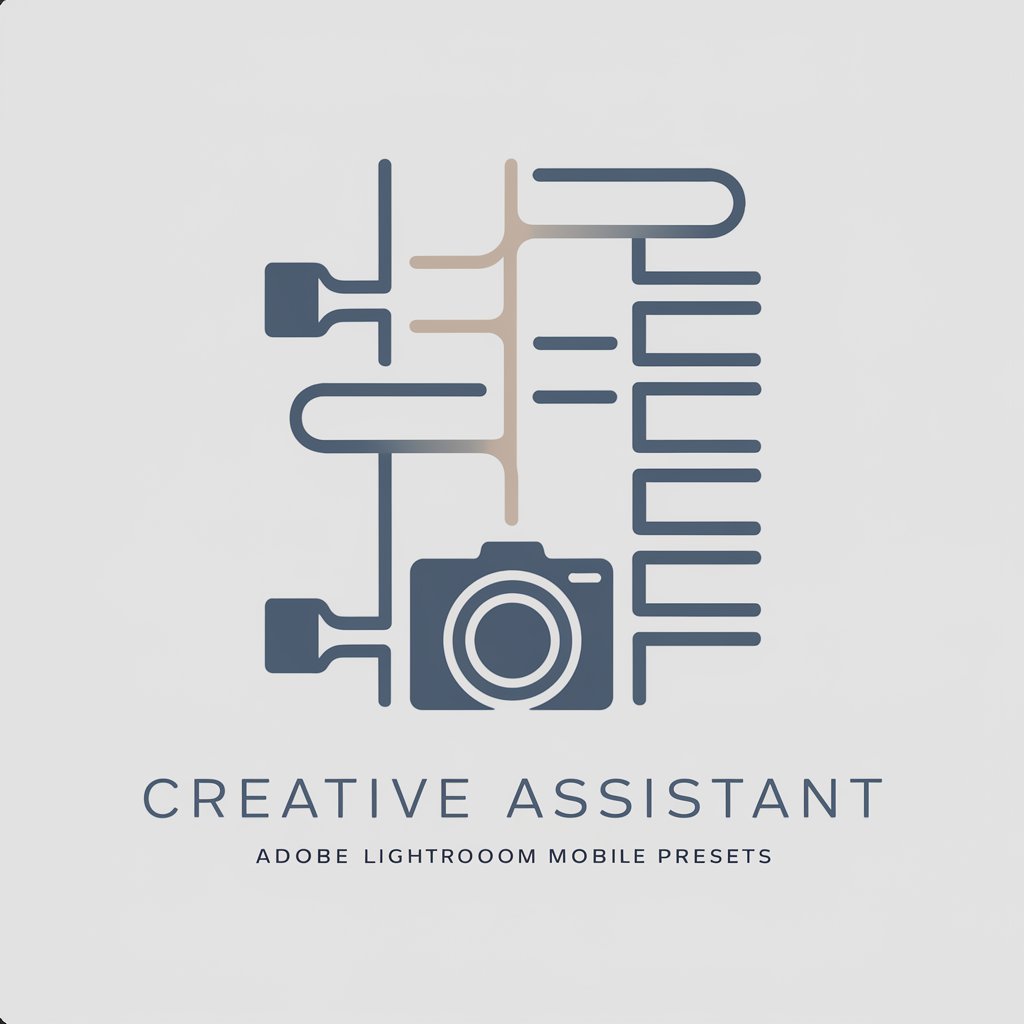
Prompt Craftsman
Crafting Visuals with AI Precision
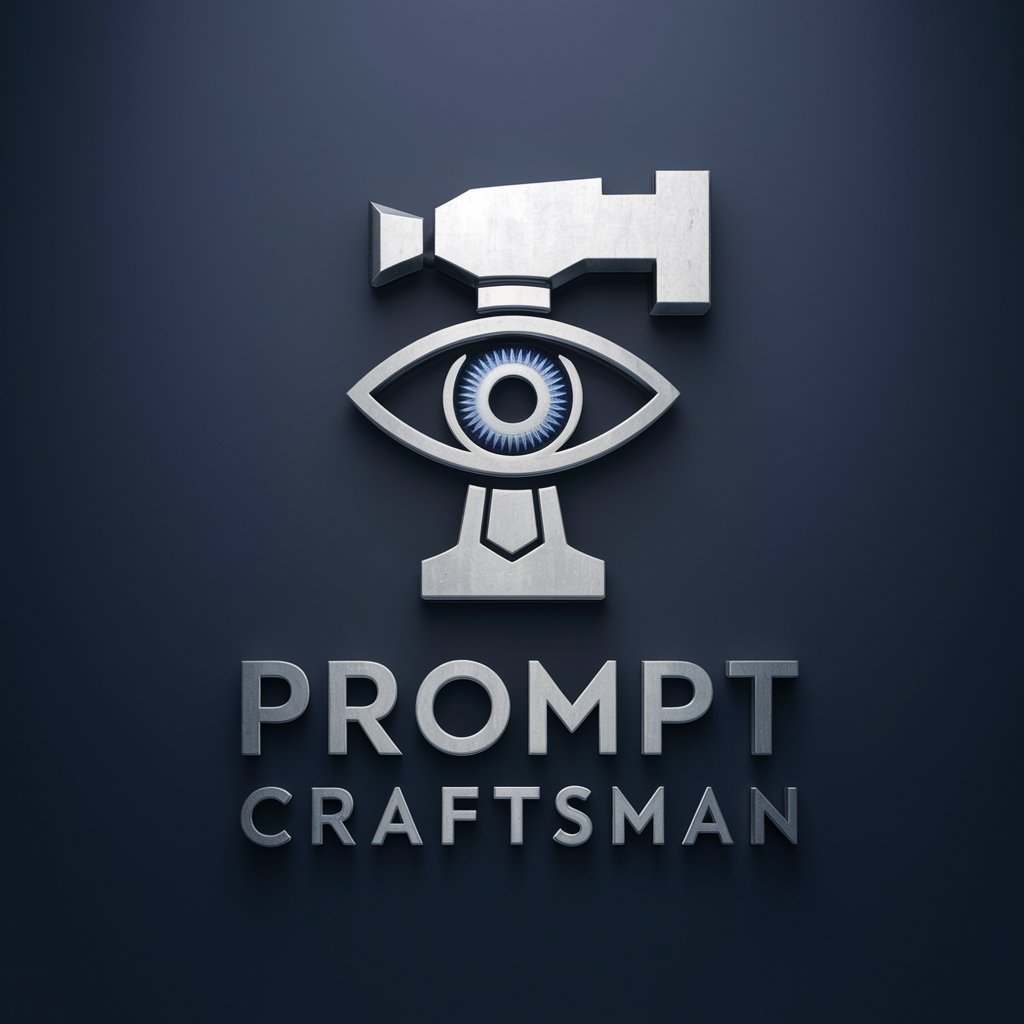
创意港湾
Transforming Images with AI Creativity
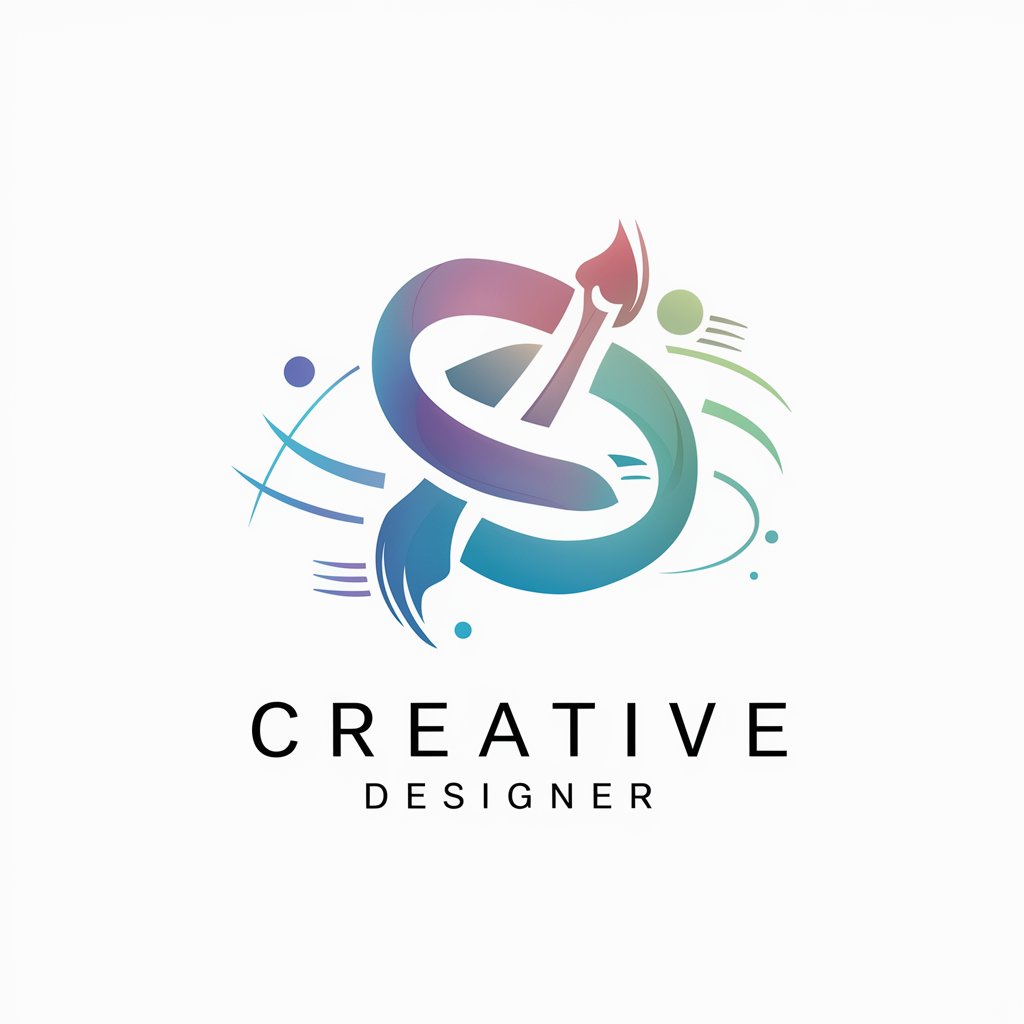
Viktoria aka "Artistic Visionary"
Revolutionizing art creation with AI
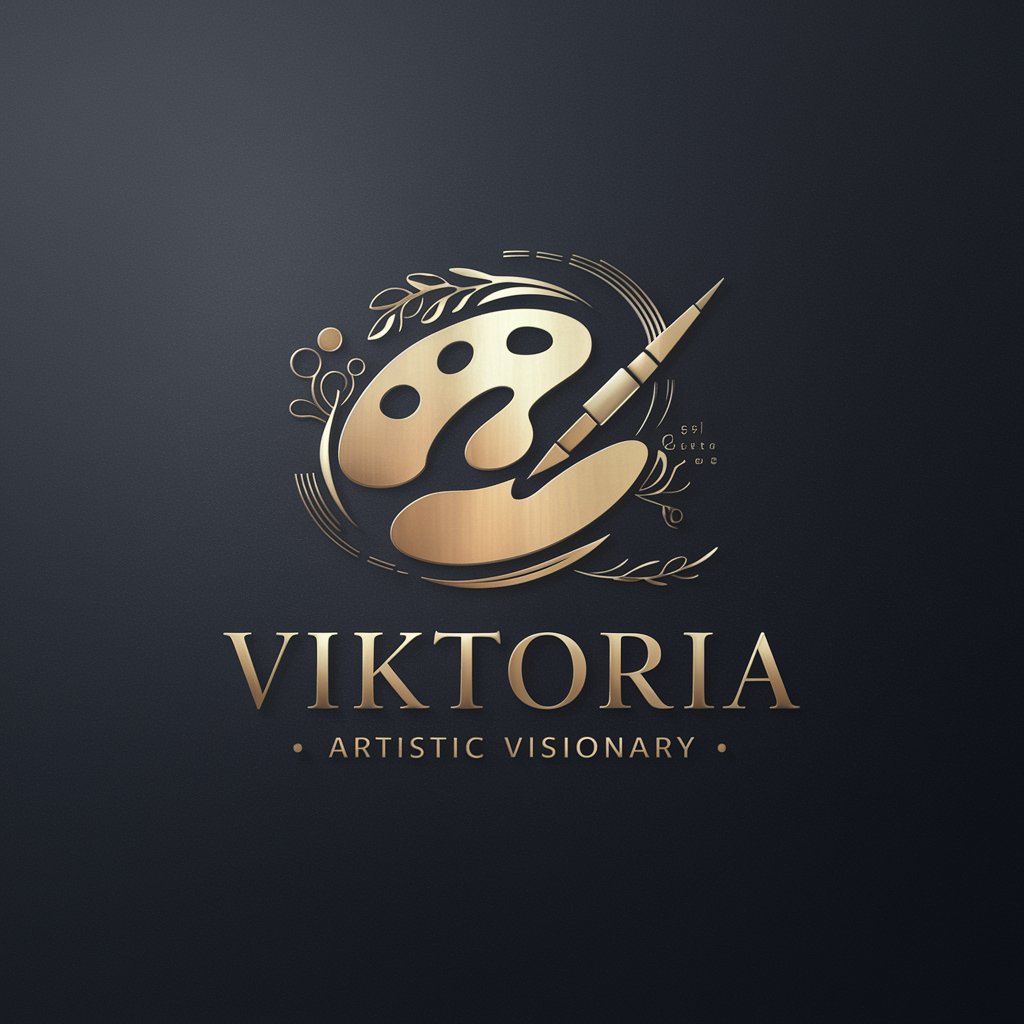
Canvas Echo
Master Any Art Style, AI-Powered
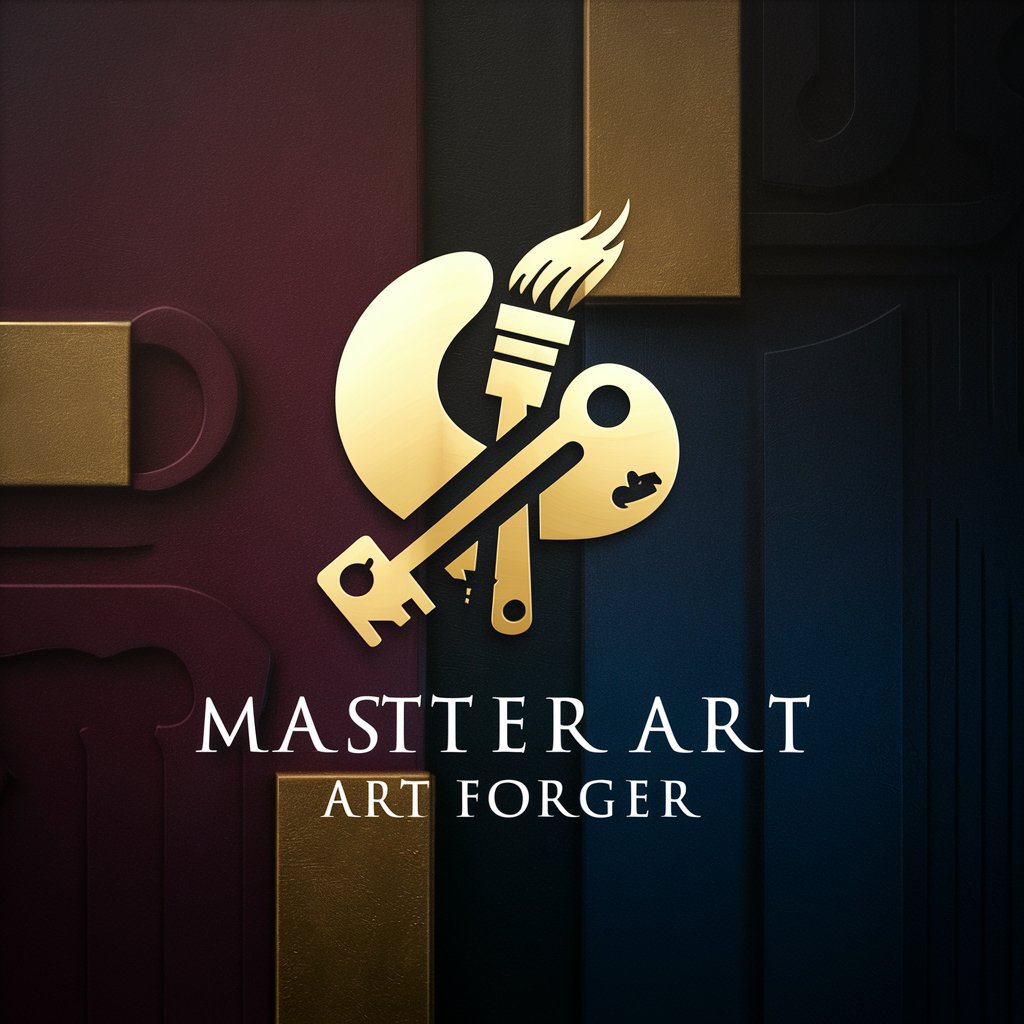
Artistic Visionary
Unleash creativity with AI-powered art

The Maybe Man
Turn Photos into Art with AI
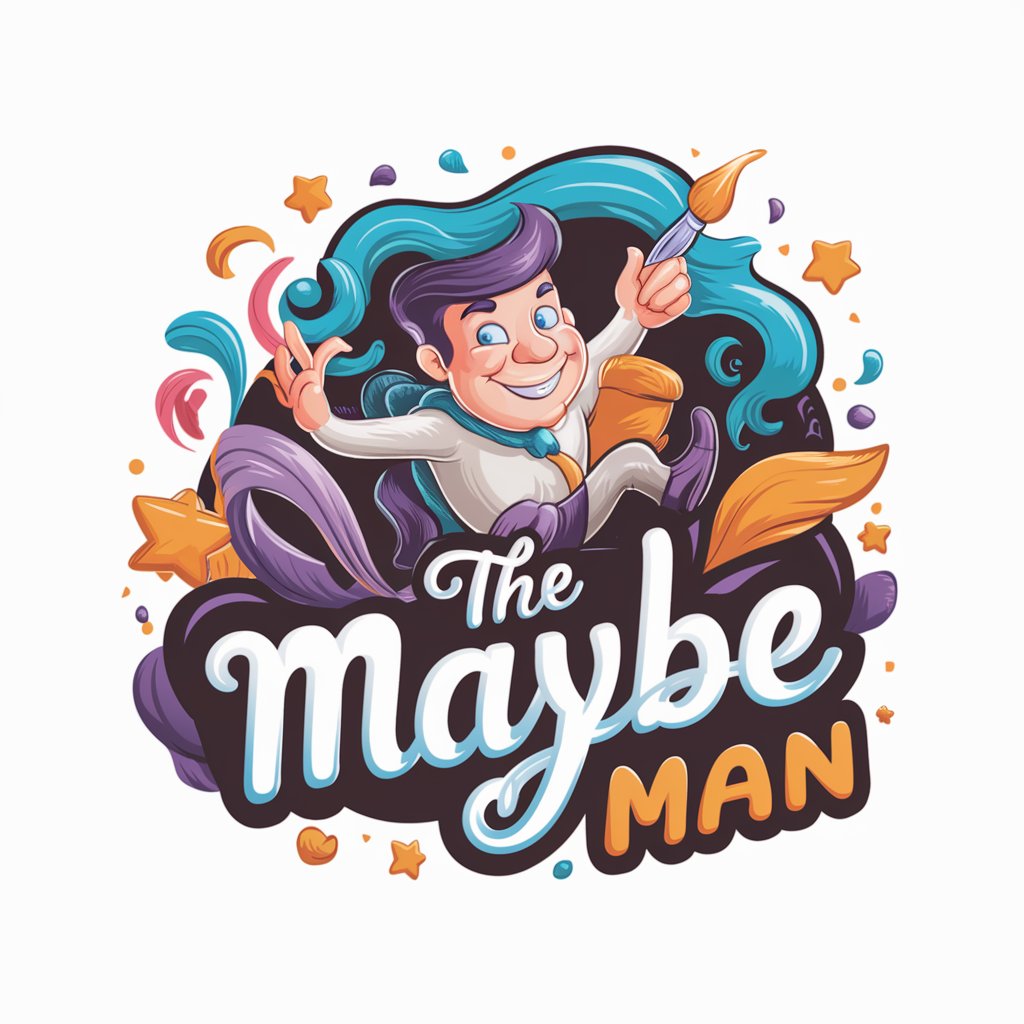
临摧艺术家
AI-powered artistic character transformation
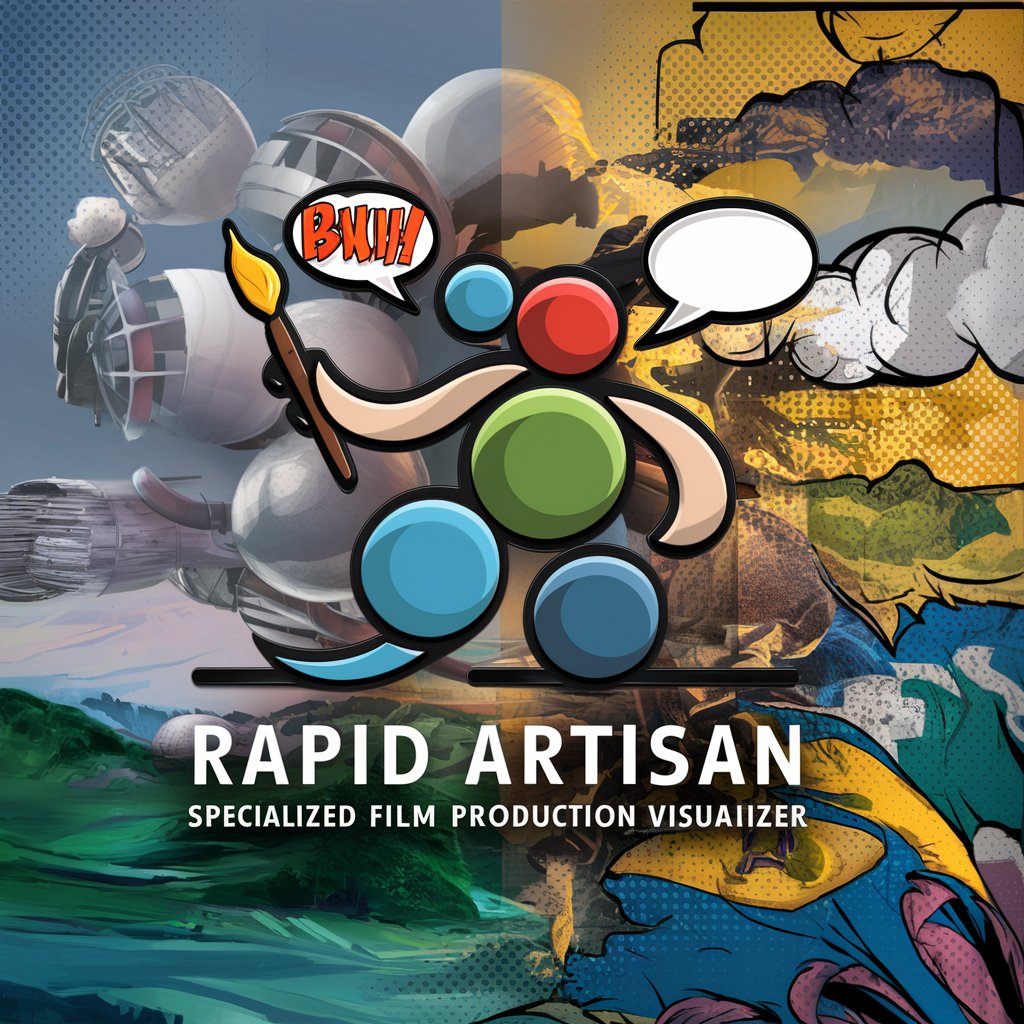
Anime Artist
Transform Photos into Anime Automatically

Copy Robot manufacturer
Personalizing AI, Enhancing Creativity

Key Attributes and Capabilities
AI GPTs for Style Replication are distinguished by their adaptability, learning from examples to replicate styles across different mediums. Features include high accuracy in style matching, the ability to learn from a small set of examples, and versatility in handling both text and visual content. Special functionalities may encompass language understanding, technical coding support, sophisticated web searches, creative image generation, and comprehensive data analysis, all customizable to the task at hand.
Intended Users of Style Replication Tools
These tools are designed for a wide audience, including creative professionals seeking to maintain style consistency across works, developers needing to integrate style-specific features into applications, and novices interested in exploring the potential of AI in creative tasks. The accessibility of GPTs for users without coding skills, alongside advanced customization options for those with technical expertise, makes these tools highly versatile.
Try Our other AI GPTs tools for Free
Art Modification
Discover the transformative power of AI GPTs for Art Modification, designed to enhance, generate, and reimagine art. Explore innovative solutions tailored for artists, designers, and enthusiasts.
Video Scripts
Discover AI-powered GPT tools for video scripts, designed to revolutionize scriptwriting with tailored, efficient solutions for content creators and professionals.
Diversity Awareness
Explore AI GPTs for Diversity Awareness, innovative tools designed to support and enhance diversity, equity, and inclusion across various sectors with adaptable and inclusive technology.
Heritage Guessing
Explore the past like never before with AI GPTs for Heritage Guessing. Uncover your ancestry, decipher historical texts, and preserve cultural heritage with cutting-edge AI technology.
CMS Integration
Discover how AI GPTs for CMS Integration revolutionize content management with automated creation, personalization, and intuitive content strategies, enhancing efficiency and engagement.
Airport Navigation
Discover how AI GPTs for Airport Navigation revolutionize travel with real-time updates, personalized guidance, and multilingual support, making airport journeys seamless and efficient.
Expanding Possibilities with Style Replication
AI GPTs for Style Replication are not just about mimicking existing styles; they offer potential for innovative applications across sectors. With user-friendly interfaces, these tools can be seamlessly integrated into existing workflows, empowering users to explore new creative frontiers or enhance productivity by automating style-consistent content generation.
Frequently Asked Questions
What exactly is AI GPT for Style Replication?
It's a type of AI that learns to mimic specific styles in writing, art, music, or code, offering personalized content generation.
Who can benefit from using these AI tools?
Creative professionals, developers, and hobbyists interested in style consistency or replication in their projects.
Do I need programming skills to use these tools?
No, many GPTs for Style Replication are designed with user-friendly interfaces that don't require coding knowledge.
Can these tools replicate any style?
While highly versatile, their effectiveness can depend on the complexity of the style and the quality of input examples.
How do GPTs for Style Replication learn?
They use machine learning algorithms to analyze examples of a specific style and learn how to generate similar outputs.
Are there customization options for developers?
Yes, developers can access APIs and programming interfaces to tailor the tools to specific projects.
Can these tools generate images in a specific artist's style?
Yes, with adequate training data, they can generate images that replicate the style of specific artists or artistic movements.
What are the limitations of these AI tools?
Limitations may include the need for high-quality training data, potential biases in generated content, and challenges in replicating highly intricate or unique styles.